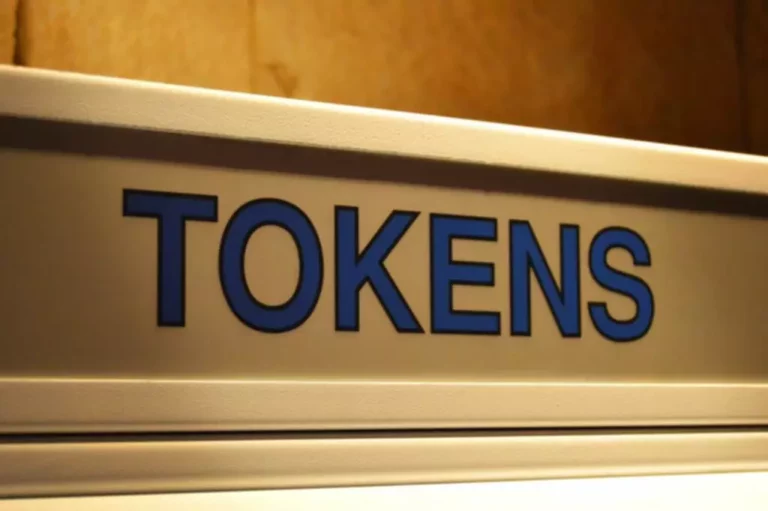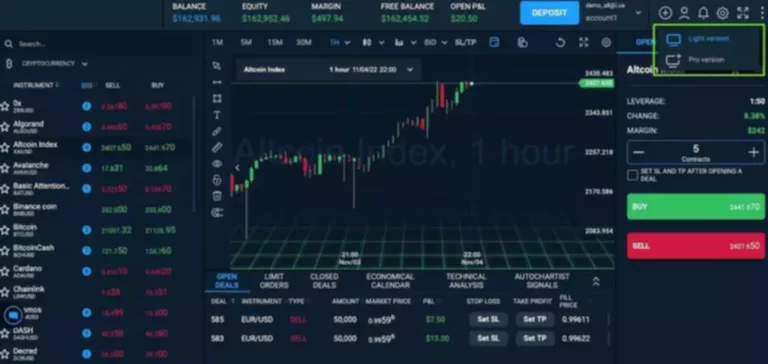Many see Proof of Stake as a greater different to Proof of Work, however it’s worth noting that there are also shortcomings in the PoS algorithm. Due to the reward distribution mechanism, validators with more assets staked can enhance their chances to validate the following block. The extra coins a validator accumulates, the more cash they can stake and earn, which some people criticize as “making the wealthy richer”. These “richer” validators also can influence the voting on the community, as PoS blockchains typically grant validators governance rights. On one side, there is nonetheless no single entity that can management confirmations on the community. If this occurred, a 51% attack would be potential and the network would lose its worth.
Proof of labor is utilized by a few of the largest cryptocurrency networks including Bitcoin (BTC), Litecoin (LTC), Bitcoin Cash (BCH) and Dogecoin (DOGE). Both miners and validators carry out primarily the same function, albeit in very different ways. A proof-of-stake system has but to scale to the scale of Bitcoin or Ethereum. For this reason, proof-of-stake systems usually are not yet as decentralized or secure as main proof-of-work methods.
Due to the numerous stage of computing energy required, it additionally becomes infeasible for any person or business to meddle with the blockchain of a useful coin. Since cryptocurrency is decentralized, computers must verify transactions to substantiate they are respectable. Both proof-of-work and proof of stake make certain transactions are secure by making them challenging and costly for customers https://www.xcritical.in/ who need to commit fraud. Some blockchains have structured their techniques so that validators who surpass a sure threshold of cash begin receiving fewer rewards. This incentivizes stakers to delegate their stake to smaller validators, helping spread tokens across more validators, rising decentralization and security. The provinces started mining bitcoin to harness surplus energy and transformed it to have tradeable worth.
How Does The Community Choose?
PoW requires a collaborating node to reveal that they have accomplished and submitted the work, which qualifies them to add new transactions to the blockchain, defending in opposition to any malicious exercise. PoW helps determine essentially the most legitimate copy of the blockchain when there are numerous copies on the community. When hashing to create recent blocks, miners race to come up with the proper resolution to math puzzles. The community is broadcasted by the miners who win the hash, enabling different miners to verify that the answer is legitimate.
- A hyperlink to or constructive reference to or review of a dealer or change shouldn’t be understood to be an endorsement of that broker or exchange’s services or products.
- Blockchains are decentralized, self-governing digital ledgers that completely record transaction information throughout peer-to-peer laptop networks.
- On the other hand, PoS is used when the network must course of transactions faster.
- Token markets may be cornered by an entity with deep pockets, permitting them to amass a majority of tokens.
- If this occurred, a 51% attack would be possible and the community would lose its worth.
This staking construction secures the network as a result of a potential participant should buy the cryptocurrency and hold it to be chosen to form a block and earn rewards. The choice algorithm under PoS takes into consideration the quantity of staked cryptocurrency and, to maintain equity, a randomization component. Some extra standards, like the age of cash and transaction history, are additionally thought of.
Ethereumpow
Sophisticated, low-probability attacks that trick trustworthy validators aside, the fee to assault Ethereum is the cost of the stake that an attacker has to build up to affect consensus in their favour. On the opposite hand, proof of stake (PoS) only allows miners to validate blocks if they’ve provided a “stake” or security deposit. This motivates attackers to verify legitimate transactions and avoid forking the blockchain since they’d lose their stake. Virtual miners worldwide race to unravel a fancy math puzzle to verify and secure proof-of-work blockchains.

Anyone with a small amount of proof-of-stake cryptocurrency can take part in staking. The rewards could be higher for those with a bigger funding, but the roadblocks to getting started are decrease than with main proof-of-work cryptocurrencies. Proof of labor was the first widely used blockchain consensus mechanism (a term describing how users of a decentralized crypto community agree about who owns what).
Regardless of the method, community members should use cryptocurrency wallets to handle and secure their block rewards and validation incentives. A proof-of-work system requires fast computer systems that use massive quantities of power sources. As the cryptocurrency network grows, the transaction times can slow down since it requires so much energy and power. This stage of control means that these users can prevent transactions from being confirmed by the community. They will also have the flexibility to spend coins twice and create forks within the blockchain.
Proof Of Stake Cons
This permits extra individuals to take part who otherwise wouldn’t be able to. Unlike PoW, which had a aggressive validation process, PoS chose validators based mostly on the quantity of cryptocurrency they held and their willingness to “stake” as collateral. The larger the stake, the higher the probabilities of being chosen to add the brand new block of transactions to the ledger. Simply put, a cryptocurrency proprietor needs to personal essentially the most native crypto coins on a blockchain to be selected as a validator. Miners pledge an funding in digital forex earlier than validating transactions with proof of stake.

The investing info supplied on this web page is for educational functions only. NerdWallet, Inc. doesn’t offer advisory or brokerage providers, nor does it advocate or advise buyers to buy or promote particular stocks, securities or other investments. Disclaimer – Information discovered on our website is not a advice or monetary recommendation.
Use Ethereum
The community then selects a winner primarily based on the quantity of crypto staked, who will be rewarded a proportion of the transaction fees from the block they validate. Instead of counting on computing energy, the proof of stake consensus mechanism relies on how a lot of a selected cryptocurrency a network validator holds. With proof of stake blockchains, customers who wish to create a new block should lock up or “stake” a specified amount of the network’s native cryptocurrency in a sensible contract on the blockchain. Because validators who act in poor religion could lose their staked assets in consequence, it’s a pricey incentive to behave ethically.
Bitcoin, and other cryptocurrencies such as Dogecoin and Litecoin, safe their networks using the proof-of-work (PoW) consensus mechanism. On the other hand, the invention of liquid staking derivatives has led to centralization concerns as a outcome of a couple of giant suppliers manage giant quantities of staked ETH. This is problematic and must be corrected as soon as possible, but additionally it is more nuanced than it appears. Proof-of-stake is more complicated than proof-of-work, which means there are extra potential attack vectors to handle. Instead of 1 peer-to-peer network connecting clients, there are two, every implementing a separate protocol. Having one specific validator pre-selected to propose a block in every slot creates the potential for denial-of-service where giant amounts of community site visitors knock that particular validator offline.
Chainlink
The two most popular consensus mechanisms are proof-of-work and proof-of-stake, which we’ll now explore. Bitmain’s top-of-the-line ASIC miner, the S19J, can do 88 terahashes per second. By that measure, it might take roughly 1.2 million of those chips to make up simply half of Bitcoin’s community.

Proof-of-stake is the second hottest consensus mechanism and it’s designed to overcome some of the limitations of proof-of-work, particularly pace and scalability. Popular proof-of-stake blockchains include Polkadot, Cardano and Ethereum as soon because it upgrades to Ethereum 2.0. Every single cryptocurrency is a decentralised network, so they all want a consensus mechanism to determine who owns the coins. They create a single supply of reality so that everybody from Melbourne to Mozambique can agree precisely how a lot of the cryptocurrency everybody in the community owns. For example, proof-of-stake cryptocurrencies like Ethereum 2.0 can come with the profit of staking your crypto and earning extra revenue. Miners compete to solve advanced mathematical puzzles using their computational resources.

These methods add new “blocks” of transactions to the historic record, and both provide a way for customers to earn additional crypto. The real distinction between proof-of-work and proof-of-stake is how the model new blocks are created. While proof-of-work mechanisms miners should compete to resolve a block, in proof-of-stake networks, a validator is chosen at random to add a new block.
But decentralized cryptocurrency methods don’t have any central authority to ensure justice. The number of crypto property they’ve staked determines their chances of being chosen to supply the next block. For example, if miner A has 30 coins, miner B has 50 coins, miner C has seventy five cash, and miner D has 15 coins, then miner C with 75 coins could have the priority to validate the subsequent block.




